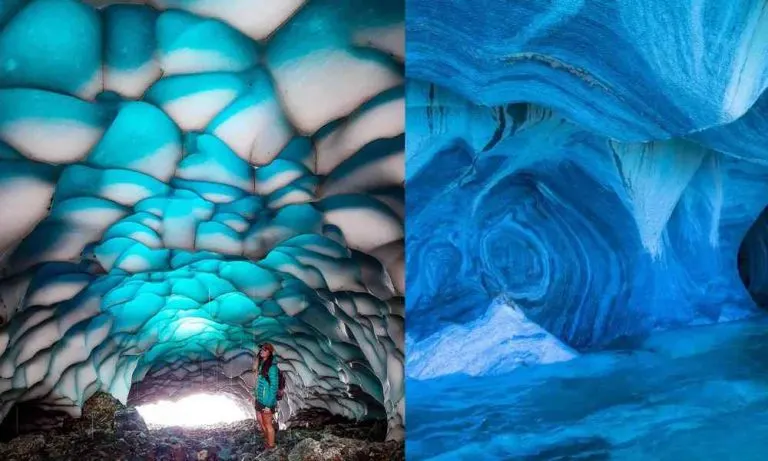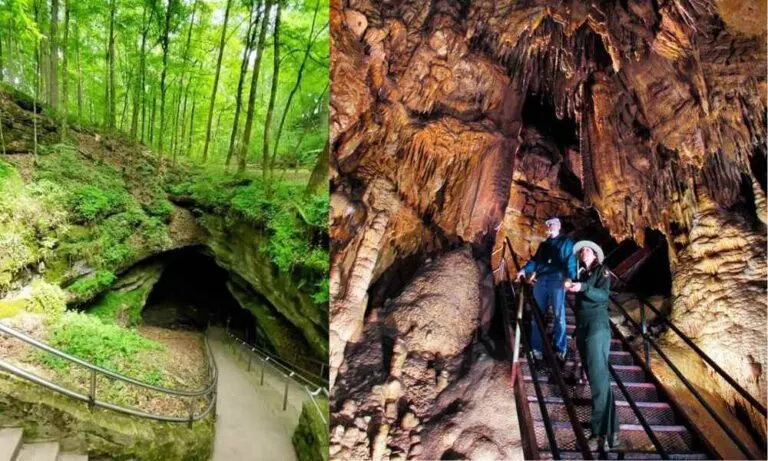Introducing The Yeti Crabs | Real life Yeti in Deep Sea
Have you ever seen a photo of a creature that appears to be a mix between a crab and a mythical Yeti? If you have, then you’ve encountered the enigmatic Yeti crabs! These fascinating crustaceans have been making waves on social media, piquing the curiosity of many. In this article, we embark on a journey to understand the intriguing Yeti crabs, exploring their unique characteristics, habits, and vital role in the deep-sea ecosystem.
What are Yeti Crabs?
Yeti crabs, scientifically known as Kiwa hirsuta, belong to the squat lobster family, closely related to crabs and lobsters. Unlike their terrestrial relatives, these peculiar creatures inhabit the hydrothermal vents found in the deep sea. These underwater volcanoes release hot, mineral-rich water, creating an otherworldly environment where life thrives in extreme conditions.
The most peculiar aspect of Yeti crabs is their hairy appearance, covered in dense setae that serve various purposes. These hairs help them in gathering food from the water and provide insulation, enabling them to endure the cold waters they call home. Remarkably, they have no eyes, yet their acute sense of smell and touch aids them in navigating the darkness of their mysterious habitat.
Remarkable Adaptations
As filter feeders, Yeti crabs employ a unique feeding strategy. They consume small particles of food from the water, capturing them with specialized appendages. This adaptation allows them to thrive in an environment where conventional food sources are scarce. Growing up to six inches in length, these crabs are giants in the deep-sea realm, dwelling at depths of up to 2,200 meters (7,200 feet).
Fascinating Facts about Yeti Crabs
Yeti crabs are not solitary creatures; they prefer to live in large groups, sometimes numbering in the hundreds. Their sociable nature adds another layer of intrigue to their already mysterious existence. Additionally, they are hermaphroditic, boasting both male and female reproductive organs, ensuring efficient reproduction in their isolated and challenging environment.
The setae on their hairy arms play a vital role in their survival. Besides aiding in food collection, these tiny hairs are thought to help filter out toxins present in the hydrothermal water, safeguarding the crabs from potential harm.
Yeti Crabs in the Ecosystem
Beyond their mythical allure, Yeti crabs are essential components of the ecosystem around hydrothermal vents. As ecosystem engineers, they break down organic matter and recycle nutrients, maintaining the delicate balance of their deep-sea habitat. Feeding on detritus and bacteria, they contribute significantly to the health and sustainability of the surrounding ecosystem.

The Pursuit of Knowledge
Although studying Yeti crabs is challenging due to their remote and extreme habitat, researchers are continuously working to unveil their secrets. Ongoing research aims to shed light on their behavior, adaptations, and overall significance in the deep-sea ecosystem.
Conclusion
The Yeti crabs’ captivating charm lies not only in their mythical name but also in the mysterious world they inhabit. These captivating creatures remind us of the beauty and complexity of the natural world, inspiring us to explore the hidden depths of our oceans. Preserving and protecting these marvels of nature requires continued research and conservation efforts, ensuring that these enigmatic creatures continue to captivate and enrich our understanding of the ocean’s depths for generations to come.
FAQs
Yes, Yeti crabs do exist. They are a real species of crustaceans known scientifically as Kiwa hirsuta. These fascinating creatures are part of the squat lobster family and inhabit the hydrothermal vents found in the deep sea.
While it is theoretically possible to eat Yeti crabs, they are not a common food source. Due to their remote and extreme habitat in the deep sea, it is not practical or feasible to harvest them for consumption on a large scale. Additionally, their rarity and importance in the deep-sea ecosystem make them more valuable for scientific research and ecological preservation than as a food resource.
Yes, Yeti crabs are considered relatively rare. Their habitat in the deep sea, specifically around hydrothermal vents, is an extreme environment that is difficult to access and study. As a result, their population densities are lower compared to more widely distributed marine species. Their unique adaptations to this specialized environment contribute to their rarity and allure.
Also read;







